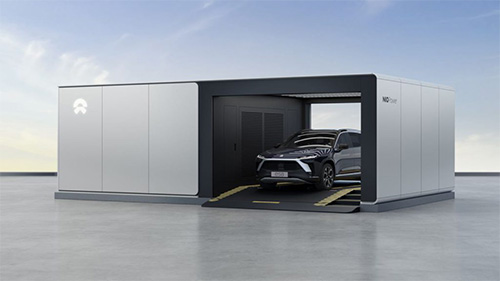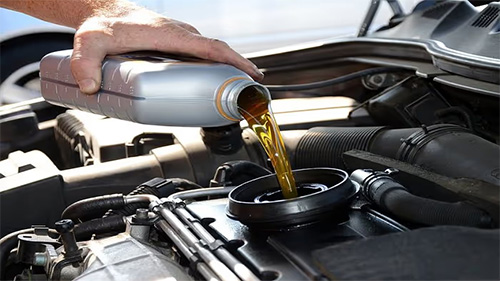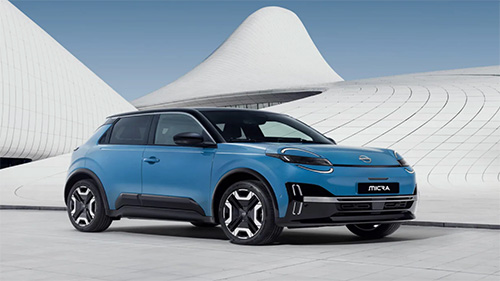Battery Swapping vs. Fast Charging: Who Wins the 2025 Race?

In 2025, electric vehicles (EVs) face a pivotal moment as two charging paradigms—battery swapping and ultra-fast charging—compete to become the dominant refueling method. Battery swapping promises near-instant “fill-ups” with minimal battery wear, leveraging automated stations largely pioneered in China. Fast charging, meanwhile, has evolved into megawatt-scale systems capable of adding hundreds of kilometers of range in mere minutes, backed by major automakers globally.
How Each System Works?
Battery Swapping
Battery swapping replaces a depleted pack with a fully charged one in minutes. NIO’s Power Swap stations in China, for example, complete each exchange in 3–5 minutes, and the company has already surpassed 50 million swaps since 2020 . CATL plans to roll out 1 000 swapping stations next year, scaling to 10 000 eventually to serve both fleets and private drivers.
Fast Charging
Fast charging delivers high power—up to 1 000 kW in BYD’s latest Super e-Platform—through liquid-cooled cables, replenishing 400 km of range in five minutes. Porsche’s current 800 V system, by contrast, charges a Taycan from 5 % to 80 % in 22.5 minutes, and the company advocates a balanced 500 kW network to preserve battery health over chasing megawatt peaks.
Infrastructure Investment and Standardization
Building a network of ultra-fast chargers necessitates massive grid upgrades and energy-storage buffers to handle peak loads, while swapping stations require uniform battery designs and automated machinery. In China, government subsidies and industry partnerships have driven swapping’s rapid rollout—85 % of global swapping stations are there—but outside China, standardization remains a major barrier.
Fast charging at megawatt levels strains local grids unless paired with on-site storage. BYD’s solution integrates buffer batteries to smooth demand spikes. Swapping, conversely, can charge batteries off-peak, easing grid pressure and enabling their use as virtual power plants during high-demand periods.
The 2025 Outlook: Who Takes the Lead?
By mid-2024, NIO operated 2 432 swap stations and aims for 4 000 by 2025, while CATL’s forthcoming expansion underscores China’s belief in swapping. Local automakers like Geely and BAIC are also integrating swap-ready models.
In parallel, automakers worldwide—Tesla included—are building ultrafast networks. BYD’s deployment of 4 000 one-megawatt chargers across China by 2025 will set new benchmarks for charging speed. Europe and North America continue to invest heavily in 350–450 kW stations, with solid-state batteries on the horizon promising even faster, safer charging.
Both battery swapping and fast charging have demonstrated their merits, but neither is poised to unilaterally “win” the 2025 race. Instead, they will coexist, each addressing specific market needs and enabling broader EV adoption. Infrastructure costs, regulatory frameworks, and consumer preferences will determine regional winners, but globally, the EV ecosystem grows stronger with both technologies in play.







